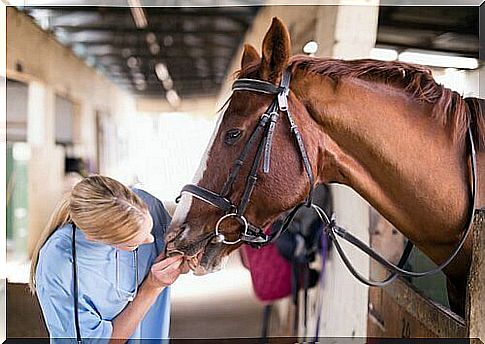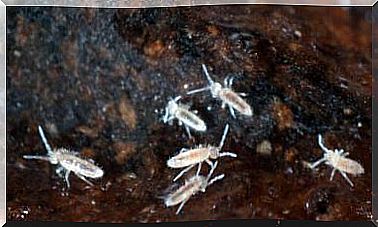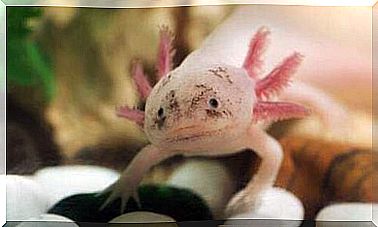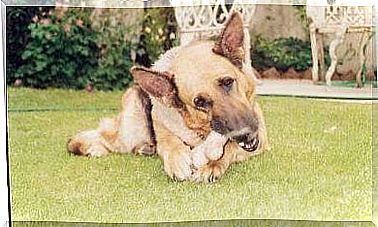A 3000 Year Old Horse Vet

A group of archaeologists have followed in the footsteps of what may be the first horse veterinarian. Some findings have shown that 3000 years ago someone extracted a tooth from a horse in the steppe of Mongolia.
Today it is difficult to imagine what our life would be like without this profession, because veterinarians do many more things than we think: they are responsible for the fact that the meat we buy at the supermarket is safe, that the sweets from our favorite pastry do not contain bacteria, that the water we drink every day is not contaminated or that dangerous zoonoses do not spread as infectious diseases.
In this article, we will talk about a 3,000-year-old horse vet .
Brief history of the veterinary profession
We don’t know exactly when the veterinary profession appeared. The remains of cows drilled in the Neolithic have been found, or the famous Kahun papyrus, which testifies to the importance of this profession in ancient Egypt.
In Spain, during the Middle Ages, veterinary medicine developed through the figure of the “albeitar” (ancient name to define the veterinarian). In the 16th century, the first treatises on anatomy were written and the discipline began to develop.

A 3,000-year-old horse vet
However, the remains found in Mongolia give us new clues to the beginnings of the veterinary profession.
Analysis of the remains found in a 3,000-year-old horse graveyard showed that nomads in the region used to check horses’ teeth or even perform extractions.
These findings suggest that the techniques used to safeguard equine health originated with horse riding. In this region, in fact, reside the origins of the horse and of species such as Przewalski’s horse, the last wild horse.
Mongolia is a region that still maintains a particular relationship with animals, and it is believed that both the beginning of horse riding and the beginning of falconry can be traced back to this region.
The domestication of horses, a controversial issue
Domestic horses are believed to have originated in Eurasia around 5,000 years ago, although the earliest physical evidence dates back to the Bronze Age of Mongolia. Here, in a field, the first horse graves dating back to 3000 years ago were found.

In this settlement, known as Deer Stone-Khirigsuur, Professor Taylor’s team decided to study animal teeth. The study aimed to find out if these animals had been mounted and domesticated.
Tests confirmed that the teeth exhibited wear compatible with the use of flanges. But the surprising discovery was that of the signs of surgery performed by an alleged veterinarian of ancient horses.
Evidence of the existence of a 3000 year old horse vet
In the first case, two young horses had partially serrated lateral incisors, as these probably caused them problems at feeding time. According to studies, this was done by a horse veterinarian using rudimentary stone tools.
At another of the sites, it was discovered that 3,000 years ago Mongolian shepherds adopted a veterinary technique that is still used today. This consists in the extraction of the so-called “wolf tooth”, which allows the use of the bridle without causing pain.
The first horse vet would have been a Mongolian shepherd and his action could change the course of history.
Indeed, it is believed that Mongolian herders and equine dentistry could have changed the course of humanity because the advancement of equestrian techniques sparked ambitions of war and conquest.
A few centuries after these shepherds began to extract the horses’ teeth, a horde of Mongolian horses led by Genghis Khan ravaged half of Europe.
Who could have imagined that the ideas of a 3,000-year-old horse veterinarian would have such decisive consequences for the history of mankind?









